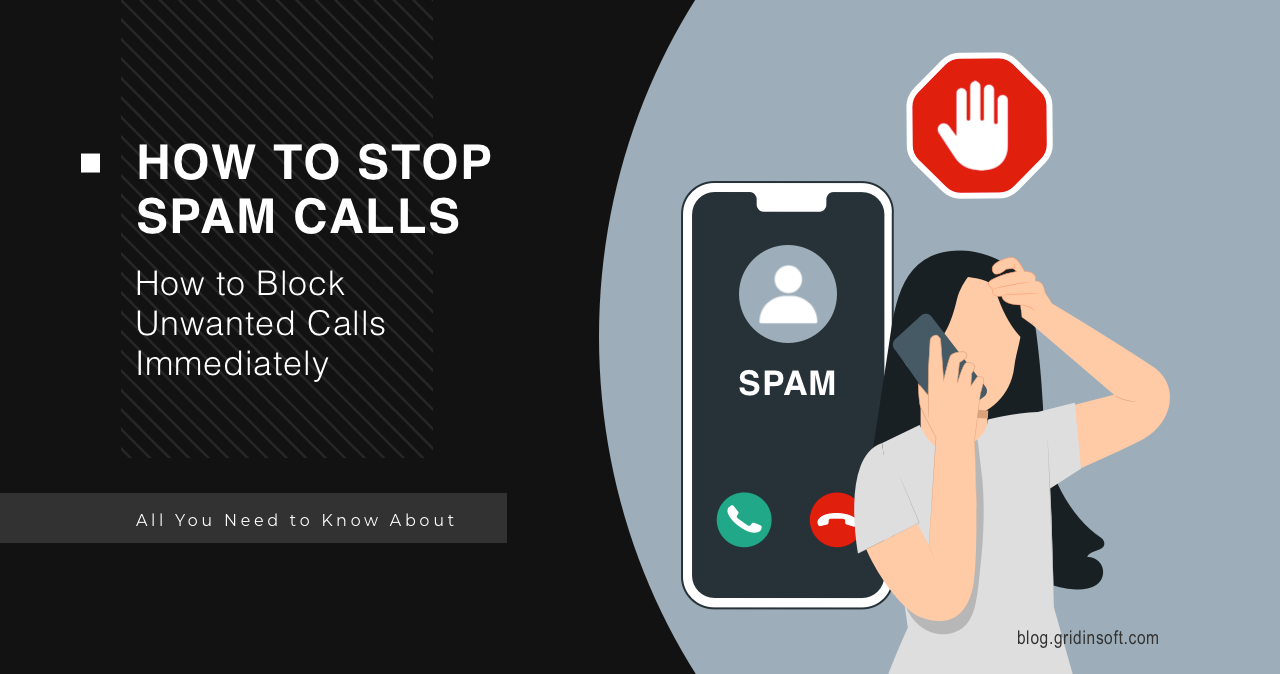In today’s world, spam calls have become a major nuisance for many people. These unwanted and often illegal calls can come from telemarketers, scammers, or robocalls trying to sell products, services, or even scams. Not only are they annoying, but they can also be a significant waste of time and potentially dangerous if you fall victim to a scam. Fortunately, there are several steps you can take to reduce or even eliminate spam calls altogether. In this comprehensive guide, we’ll explore various strategies to help you regain control over your phone and protect yourself from these pesky interruptions.
Understanding Spam Calls
Spam calls are unsolicited phone calls that typically come from automated systems or call centers with the intent of promoting or selling products, services, or scams. These calls can range from legitimate telemarketers trying to sell products or services to outright scams attempting to steal your personal or financial information.
Some common types of spam calls include:
1. Robocalls: These are pre-recorded messages delivered by an automated system, often promoting a product, service, or scam.
2. Telemarketing calls: Live calls from companies or individuals trying to sell products or services over the phone.
3. Scam calls: Fraudulent calls designed to trick you into revealing personal or financial information, or into sending money for non-existent products or services.
4. Debt collection calls: Calls from debt collectors, some of which may be legitimate, while others could be scams.
Regardless of their nature, spam calls can be incredibly disruptive and frustrating, especially if they come at inconvenient times or from persistent callers.
Register Your Phone Number on the National Do Not Call Registry
One of the most effective ways to reduce spam calls is to register your phone number on the National Do Not Call Registry. This free service, operated by the Federal Trade Commission (FTC), allows you to add both your landline and mobile phone numbers to a list that legitimate telemarketers are required by law to check and respect.
To register your phone number, visit www.donotcall.gov or call 1-888-382-1222 from the phone number you wish to register. Once your number is on the registry, it should significantly reduce the number of telemarketing calls you receive within 31 days. However, it’s important to note that the Do Not Call Registry does not stop all types of spam calls, such as political calls, debt collection calls, or scam calls.
Use Call Blocking Features

Many modern smartphones and landline phones come equipped with built-in call blocking features that can help you filter out unwanted or spam calls. These features allow you to block specific numbers or even entire area codes or prefixes.
For iPhone users, you can enable the “Silence Unknown Callers” feature in your settings, which will send any calls from numbers not in your contacts directly to voicemail. Additionally, you can manually block individual numbers by tapping the “info” button next to a recent call and selecting “Block this Caller.”
Android users can also block specific numbers directly from their call log or by adding them to the “Blocked Numbers” list in their phone’s settings. Some Android devices also offer additional call blocking apps or features from the phone’s manufacturer.
For landline phones, check with your service provider to see if they offer call blocking services. Many providers now include tools that allow you to block specific numbers or maintain a list of approved callers.
Utilize Third-Party Call Blocking Apps and Services
In addition to the built-in call blocking features on your phone, there are numerous third-party apps and services available that can help you identify and block spam calls more effectively.
Some popular call blocking apps include:
1. Truecaller: This app uses a crowdsourced database to identify and block spam callers, as well as provide caller ID information.
2. Hiya: Similar to Truecaller, Hiya uses a constantly updated database to identify and block spam calls, and even offers a reverse phone lookup feature. READ FULL STORY HERE>>>CLICK HERE TO CONTINUE READING>>>
3. RoboKiller: This app uses advanced answer-bot technology to intercept and block spam calls before they even reach your phone.
4. Nomorobo: Designed specifically for landline phones, Nomorobo uses a “simultaneous ring” technology to intercept and block robocalls.
Many of these apps and services offer free versions with basic call blocking features, as well as premium subscriptions with advanced features such as caller ID, call recording, and more comprehensive spam call databases.
Be Cautious with Caller ID and Unknown Numbers
Another effective strategy for avoiding spam calls is to be cautious when answering calls from unknown numbers or those with suspicious caller ID information. If you don’t recognize the number or it appears to be spoofed (displayed as a different number than the one being called from), it’s generally best to let the call go to voicemail.
If the call is legitimate, the caller will likely leave a voicemail message that you can then decide whether to return or not. Additionally, be wary of calls that display a generic or misleading caller ID, such as “Unknown” or “Restricted,” as these are common tactics used by spammers and scammers.
Report Spam Calls to Authorities
While the methods mentioned above can help reduce the number of spam calls you receive, it’s also important to report these calls to the appropriate authorities. By reporting spam calls, you’re not only helping to protect yourself but also contributing to the effort to identify and shut down these operations.
To report spam calls, you can:
1. File a complaint with the Federal Trade Commission (FTC) at www.ftc.gov/complaint or by calling 1-888-382-1222.
2. Report robocalls and spoofed caller ID numbers to the Federal Communications Commission (FCC) at www.fcc.gov/complaints or by calling 1-888-CALL-FCC (1-888-225-5322).
3. Contact your state’s Attorney General’s office or consumer protection agency to file a complaint about spam calls originating from within your state.
When reporting spam calls, be sure to provide as much information as possible, including the date and time of the call, the phone number that called you, and any details about the nature of the call or the company/individual making the call.
Staying Vigilant and Educated
While the methods outlined in this guide can help significantly reduce the number of spam calls you receive, it’s important to stay vigilant and keep educating yourself on the latest tactics used by spammers and scammers.

Here are some additional tips to help protect yourself:
1. Never provide personal or financial information over the phone to unsolicited callers, even if they claim to be from a legitimate organization.
2. Be wary of callers claiming to be from government agencies, such as the IRS or Social Security Administration, as these organizations typically do not make unsolicited calls requesting personal information or payment.
3. Hang up immediately on any caller who becomes aggressive, threatening, or tries to pressure you into making a decision or providing information.
4. Stay informed about the latest scams and tactics used by spammers and scammers by following reputable consumer protection organizations and news sources.
By staying vigilant, using call blocking tools, and reporting spam calls to the proper authorities, you can take control of your phone and significantly reduce the number of unwanted and potentially harmful calls you receive.

 IN-THE-NEWS11 months ago
IN-THE-NEWS11 months ago
 METRO11 months ago
METRO11 months ago
 IN-THE-NEWS7 months ago
IN-THE-NEWS7 months ago
 SPORTS10 months ago
SPORTS10 months ago
 SPORTS11 months ago
SPORTS11 months ago
 IN-THE-NEWS11 months ago
IN-THE-NEWS11 months ago
 IN-THE-NEWS7 months ago
IN-THE-NEWS7 months ago
 HEALTH & LIFESTYLE10 months ago
HEALTH & LIFESTYLE10 months ago





